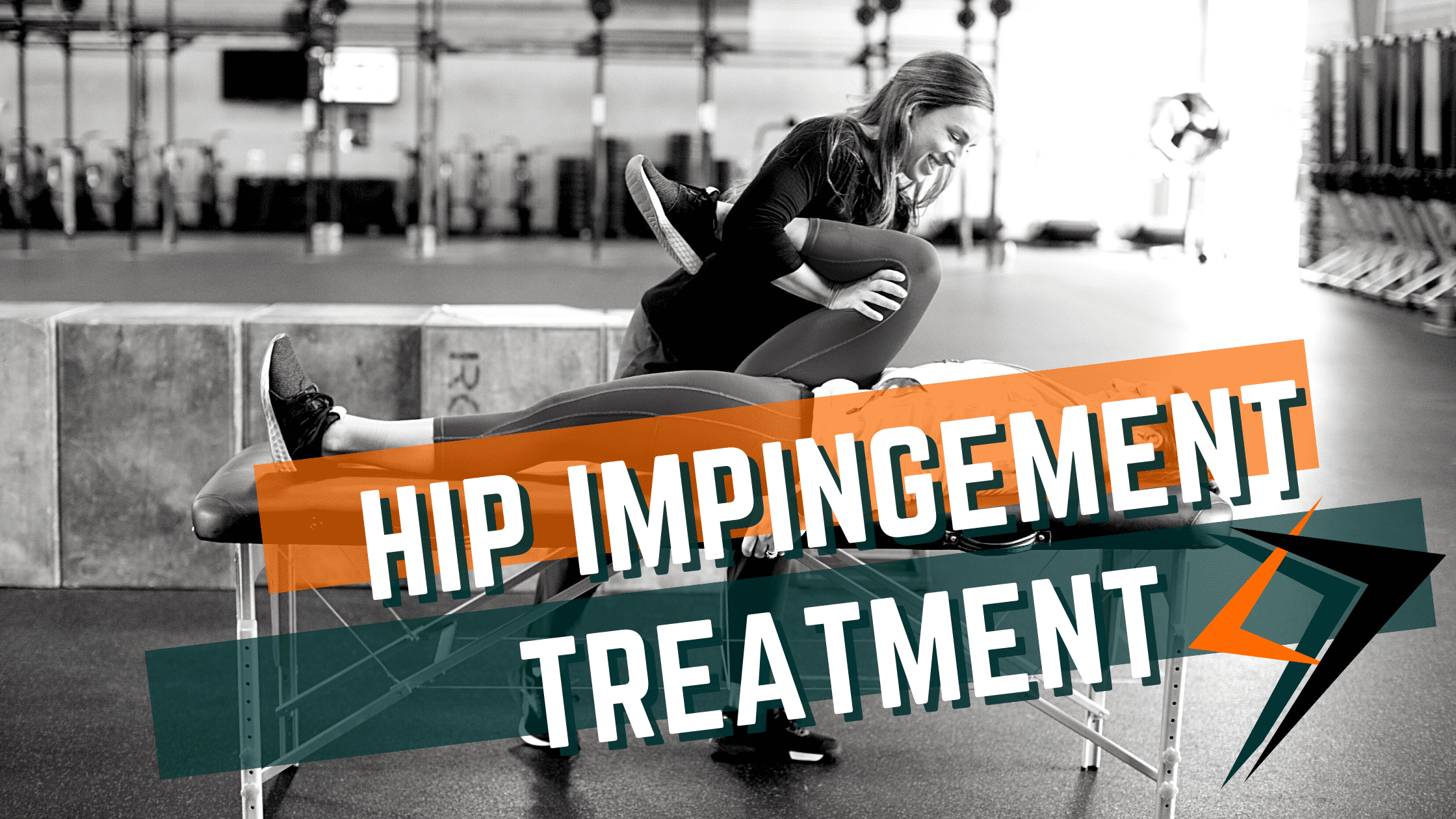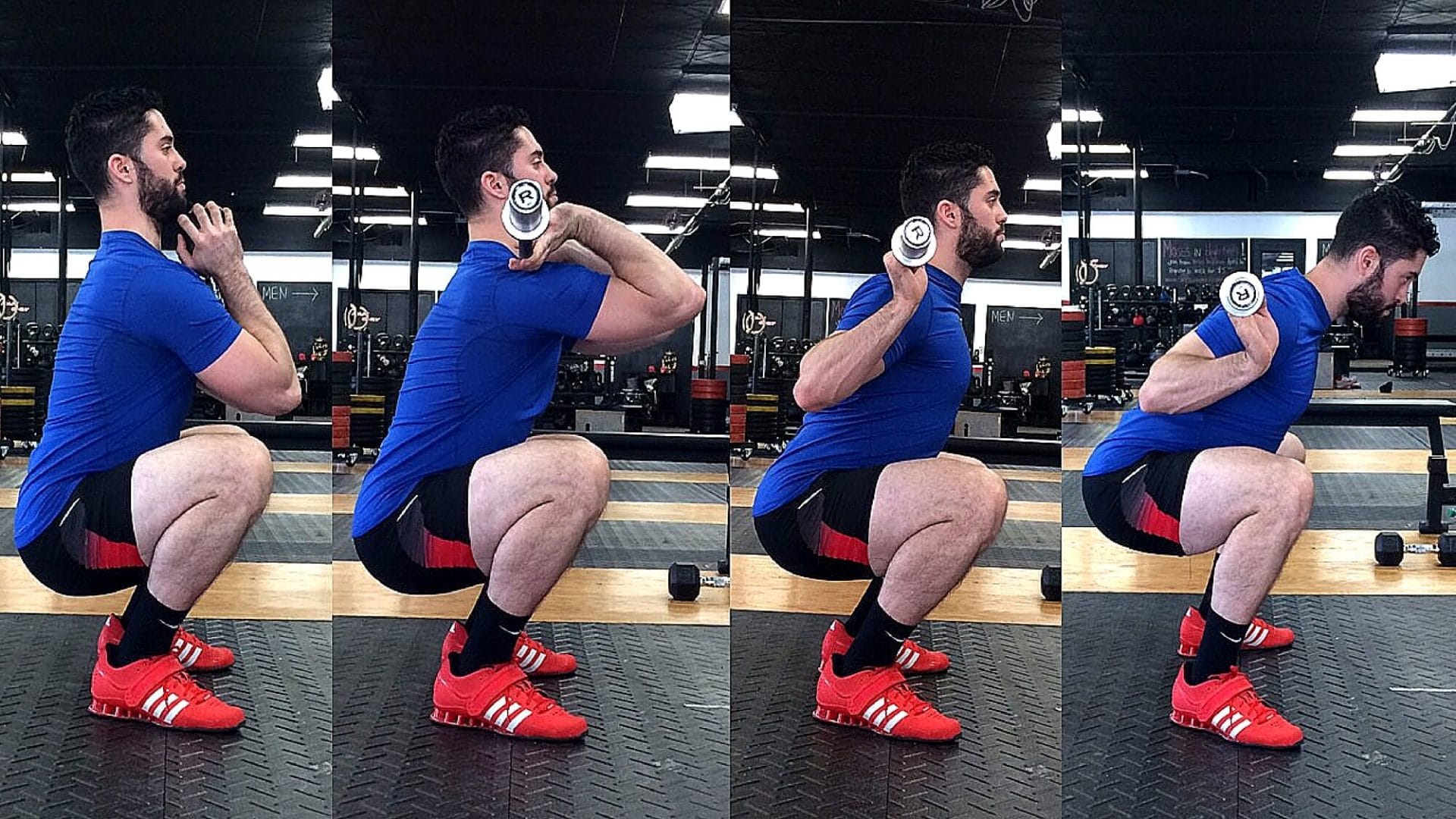
Hip impingement is a frequent condition we see in athletes due to the demands that many sports put through the hip joint in full ranges of hip motion, repetitively. Even people who aren’t athletes commonly get irritation at the front side of their hips.
Unfortunately, we see a lot of cases of hip impingement in the later stages and often hear “oh, we should have just seen you, to begin with”. One thing is for certain, the management of hip impingement is not perfect in the medical community. This post should serve as an outline to better understand hip impingement.
Key #1: UNDERSTAND HOW COMMON THIS IS!
Generally, the first thing people ask me about dealing with their hip impingement symptoms is “should I get an x-ray or MRI?” Without a doubt, both of these scans have their place, but we also have to understand that these “abnormalities” found on images happen in LOADS of folks with NO PAIN OR LIMITATIONS! To give you a real example, check out this 2012 study that found that 69% of people with no hip pain or problems have a hip labral tear when looking at their MRI. You read that right, 2 out of 3 people had those problems on their MRI and no pain!
This should encourage you if you have hip impingement symptoms. If others can have the same MRI proven tissue changes that you share and have no pain, it means you can too. Calming down the irritated tissues and progressively getting you back to your favorite activities is the key to success here.
We’ve helped many people return to their sports, fitness, families, and lives without surgeries or injections even after being told it was their only option. THERE IS HOPE!

KEY #2: REMOVE THE PAINFUL TRIGGERS
Next, we believe it is key to TEMPORARILY change your daily activities to minimize the amount of irritation you create on already sensitive tissues. Think of this injury as a bruise that is continually poked. Until we stop repeated pushing on the tissues to allow irritation to begin to calm, we can expect healing to be slow.
To clarify…I’m not advocating for rest from activity. You’ve probably already tried that and it didn’t work. What I’m saying is we can alter your form during the movements that are causing you pain so that you can stay active without flaring symptoms up more.
KEY #3: GET THE PSOAS STRONG
We hear it all the time. You have tight hip flexors right? Do you stretch them all the time and still feel like they’re always tight? Guess what, that’s the first sign of a muscle that is begging for some extra strength.
Not kidding, we find that weak muscles often feel tight to folks and they have a long history of stretching and mobilizing all with no results. After a few weeks of targeted strengthening, the results are often not only present but also the most effective solution our clients have found to date. This is because of how intimate the relationship between the psoas and other hip flexors are with the actual joint. They play a massive role in moving the joint in a healthy way.
Want one of our favorite ways to develop some strength in the psoas?
KEY #4: ALTER TECHNIQUE AND/OR USE VARIATIONS
As I mentioned before it is important to not “poke the bruise” anymore but we want you to stay active and moving. This is where an assessment with good physical therapists comes in. At Onward, we can analyze your sports technique and find ways to modify your form so that you can continue working on your fitness while rehabbing your hip.
Let’s take a look at one of the most frequently aggravating activities for hip impingement: The Squat
In the squat, different variations require different amounts of hip mobility. Check out the below picture demonstrating different torso angles and the amount of hip flexion depending on where the weight is. A thorough assessment of your mobility and strength will then allow us to pick the squat variation best suited for your hip’s current status.

CONCLUSION
So there it is: our keys to successfully managing hip impingement and getting back to what you love. Obviously many of these keys can be more in-depth than we can outline in a post but we hope this gives you hope and that these principles set you on a path to healing.
We hope that this gave you a better understanding of hip impingement and why treatments you may have already tried were unsuccessful.
Our goal is to help the Middle Tennessee community on their health and fitness journeys and we’d love to offer our assistance to you at any time you may need up.
Thanks,
-Zac
Onward Physical Therapy
info@onwardtn.com
Recent Articles
Why Early Intervention Physical Therapy Accelerates Your Recovery

What to Expect at Your First Physical Therapy Session?

How to Choose a Physical Therapist

The Top 5 Misconceptions About Physical Therapy

The Complete Guide to Physical Therapy

